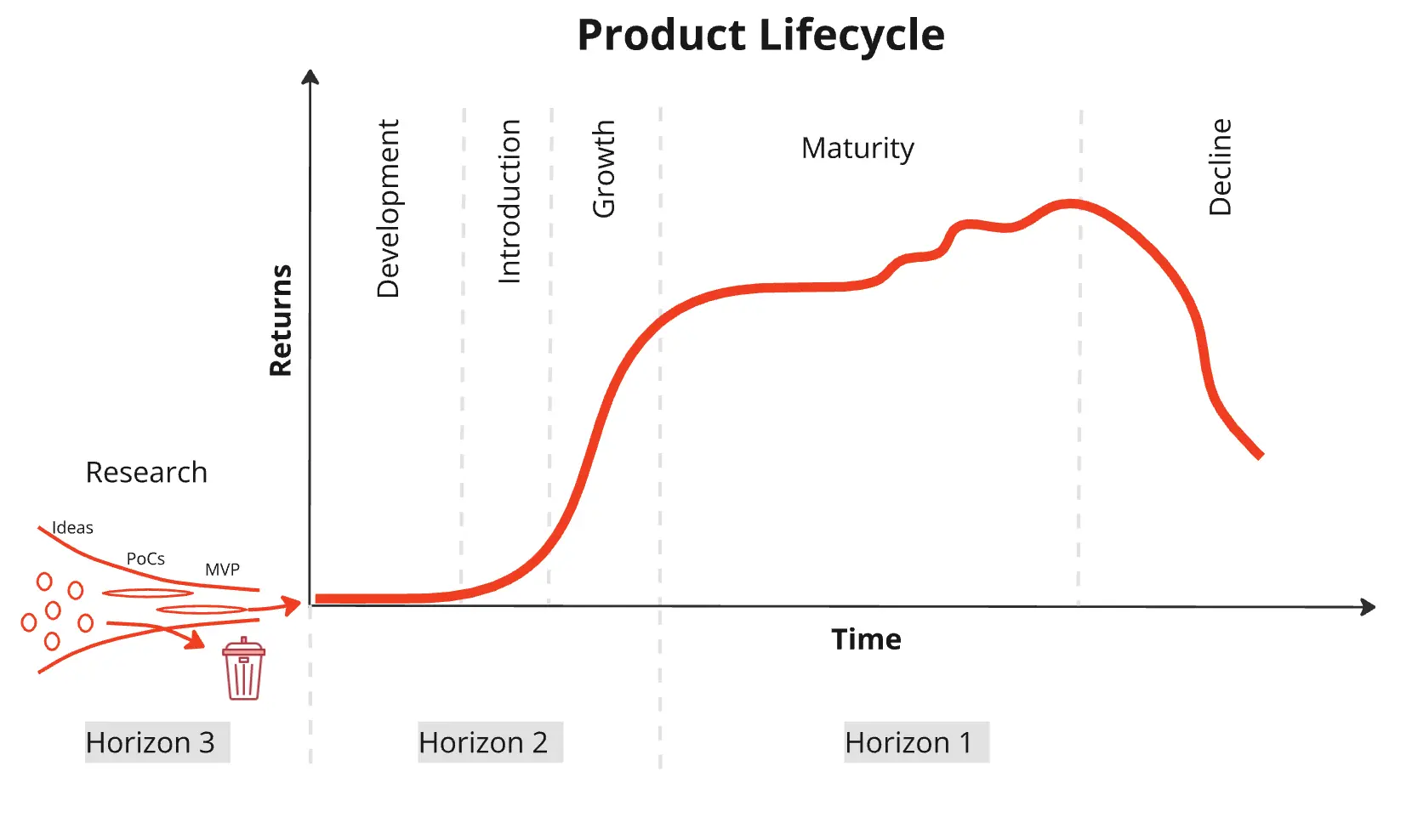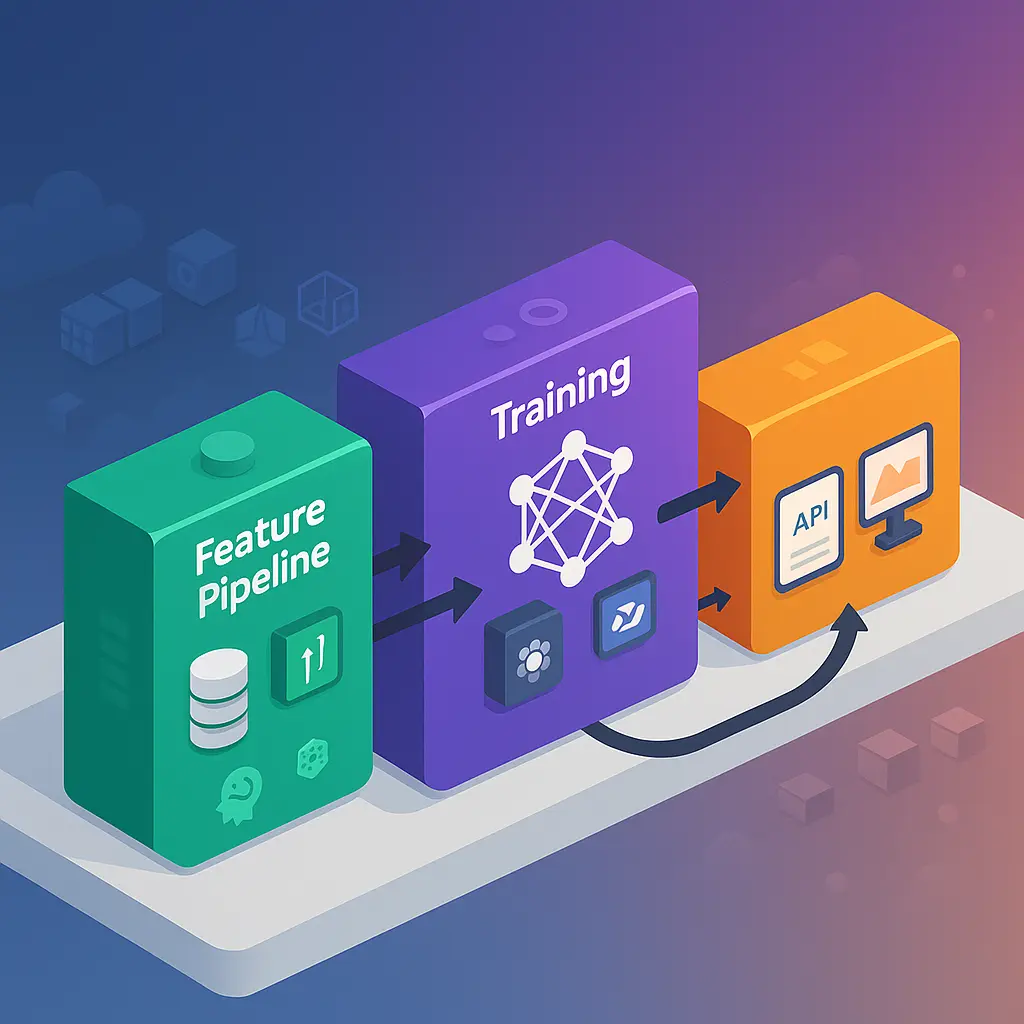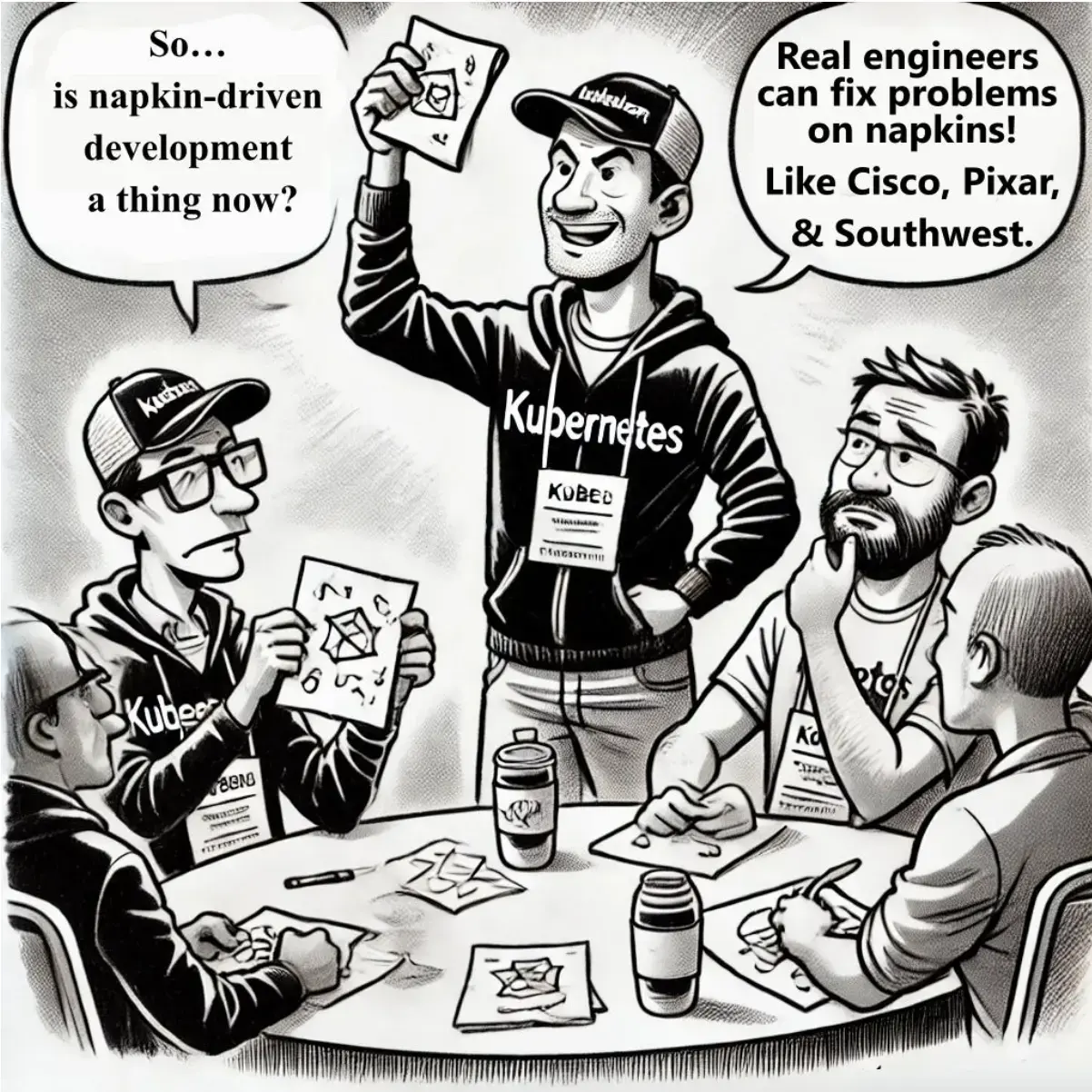
Stuck in the Middle? Reach Operational Excellence with Cloud Native
Achieve operational excellence with Cloud Native. Navigate your transformation f…
Five years ago, I wrote "Cloud Native Transformation: Practical Patterns for Innovation" drawing from my 5 years in Cloud Native consulting and over 2 decades in IT. The book's core message was that Cloud Native—defined then as containers, microservices, and dynamic scheduling—was a transformative business change. It wasn't just new tools, but a shift from monolithic to distributed systems. Conway's Law dictated that this architectural change necessitated an organizational one.
The need for a Cloud Native approach traced back to the DotCom boom. The Internet expanded customer reach, and businesses could serve customers from their servers instead of shipping software. Giants like Google and Amazon, unable to scale vertically, embraced distributed computing and horizontal scaling. Their success and the growth of online activity led others to adopt Cloud Native technologies. Traditional businesses, however, had to adapt their ways of working. "Cloud Native Transformation" aimed to guide them through this journey.
Successful transformations begin with research and experimentation by a small, experienced group. They need freedom, resources, and leadership support to navigate by trial and error. As they move from PoCs to an MVP, the team expands, and structure emerges. Documentation and onboarding processes are created, and legacy systems and teams migrate to the new setup. This process typically takes 2-5 years. The book detailed practices for the transformation: MVP creation, team management, Agile methodology, etc. It also suggested that as systems mature, teams shift from agility to quality, stability, and operational efficiency. This mirrors what we've seen at Google and other tech giants as they introduced platforms, SRE, DORA metrics, and other tools and processes.
Five years ago, we understood the monolithic waterfall systems and we had a good idea on how to transform them, but the mature Cloud Native systems were defined less clearly. We focused on change-oriented concepts like DevOps and Agile and mostly were busy with breaking the old order before the new one was created.
Now, we see many examples of mature Cloud Native systems. Containerized, dynamically scheduled microservices are still central, alongside a move to platforms, Continuous Delivery, Team Topologies, and an operational metrics-driven approach (SRE, DORA). We see a shift from Agile to Lean. From adjustability to operational excellence. Every organization moving towards Cloud Native follows a typical project lifecycle: Research, Transformation and ongoing Operations.

Each phase requires a different technical approach, people management and overall organizational structure.

The "Cloud Native Transformation" book stopped at the transformation phase. It didn't define the mature target state, where a healthy organization aims to spend most of its efforts: operational excellence.
In conclusion, the journey to Cloud Native maturity goes beyond transformation. It's about reaching a state of operational excellence where the focus shifts from constant change to stability, efficiency, and delivering value at scale.
P.S. This is the first post in a series about Cloud Native Maturity. In the following posts, I will discuss the Cloud Native Platforms, methodologies, team structures and more. The goal is to lay out the target for a successfully finished Cloud Native Transformation and prepare for the next transformation likely to be driven by AI.
Need help with Cloud Native or AI Platforms? Reach out for a Maturity Assessment

Achieve operational excellence with Cloud Native. Navigate your transformation f…

Learn to navigate the Cloud Native to AI Native transition. Avoid common mistake…

Join us at KubeCon for expert insights on AI and Kubernetes. Learn how to align…
Get a shared vocabulary of proven Transformation Patterns, common Anti-Patterns, and Paradigm Patterns to have more effective, data-driven conversations about your strategy and architecture.
For a personalized starting point, take our free online assessment. Your results will give you a detailed report on your current maturity and suggest the most relevant patterns to focus on first.
Every Tuesday, we deliver one short, powerful read on AI Native to help you lead better, adapt faster, and build smarter—based on decades of experience helping teams transform for real.